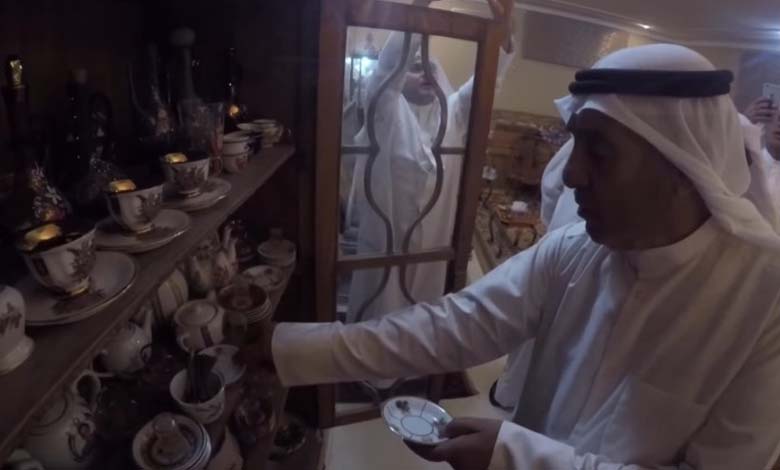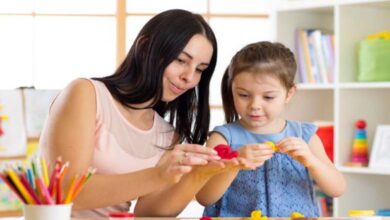Passion for Antiquities Drives a Kuwaiti to Establish His Own Museum

For nearly thirty-five years, Kuwaiti Hassan Al-Qattan has been collecting ancient artifacts, some of which were crafted decades ago, including radios, watches, gramophones, telephones, household tools, and even old soda bottles and their wooden crates, amassing a collection of about 2200 pieces that now form his private museum.
Al-Qattan spoke to Reuters from inside his museum in the basement of his home in the Qurain area (20 kilometers southeast of Kuwait City), saying that these artifacts remind him of the past.
He added: “Sometimes I sit in the museum here and play the gramophones and radios, and look at some of the old artifacts that were used in Kuwait and remember them, and honestly, it’s like I’m going back in time.”
The museum also includes swimming pools, incense burners, old banknotes, alarm clocks, tea and coffee tools, cameras, musical instruments, children’s toys, handmade fishing tools, rifles, and even tools used by old barbers.
Al-Qattan’s passion began at the age of seventy when he inherited many old tools used daily by his family, which over time turned into artifacts.
He explained that he obtained some of these artifacts as gifts, but most of them were purchased from Kuwait, Syria, Egypt, Bahrain, Iran, and Britain, stating that it is an expensive hobby financially.
He said: “I made a great effort to get these things… If you love something, you must sacrifice… I bought a lot of things for large amounts… It cost me a lot of money because I’m interested in them, so I have to get them, I have to buy them.”
He pointed out that, for example, he bought an old Kuwaiti banknote from the 1960s with a denomination of half a dinar for 80 dinars (260 dollars).
Al-Qattan, a retired art teacher, has participated in many exhibitions inside and outside Kuwait, as part of the “Expo 965” team for Kuwaiti heritage craft exhibitions and creators, a non-governmental team interested in Kuwaiti heritage professions and crafts.
Al-Qattan said: “There is a remarkable interest (in these artifacts from the public), especially from the older generation because they used these things in their homes… For example, someone (now) is 80 years old, at that time he was 20, he comes to the exhibition to remember.”
He emphasized that these artifacts require periodic maintenance, and some devices need to be operated from time to time to keep them running “you must not neglect them. There are some machines that rust or break down if left unused. You have to run them a little every two or three months.”
Al-Qattan noted that he found encouragement from friends and family to establish this museum so that new generations can learn about the nature of the tools used before, considering that these artifacts have now become “part of Kuwait’s history.”












